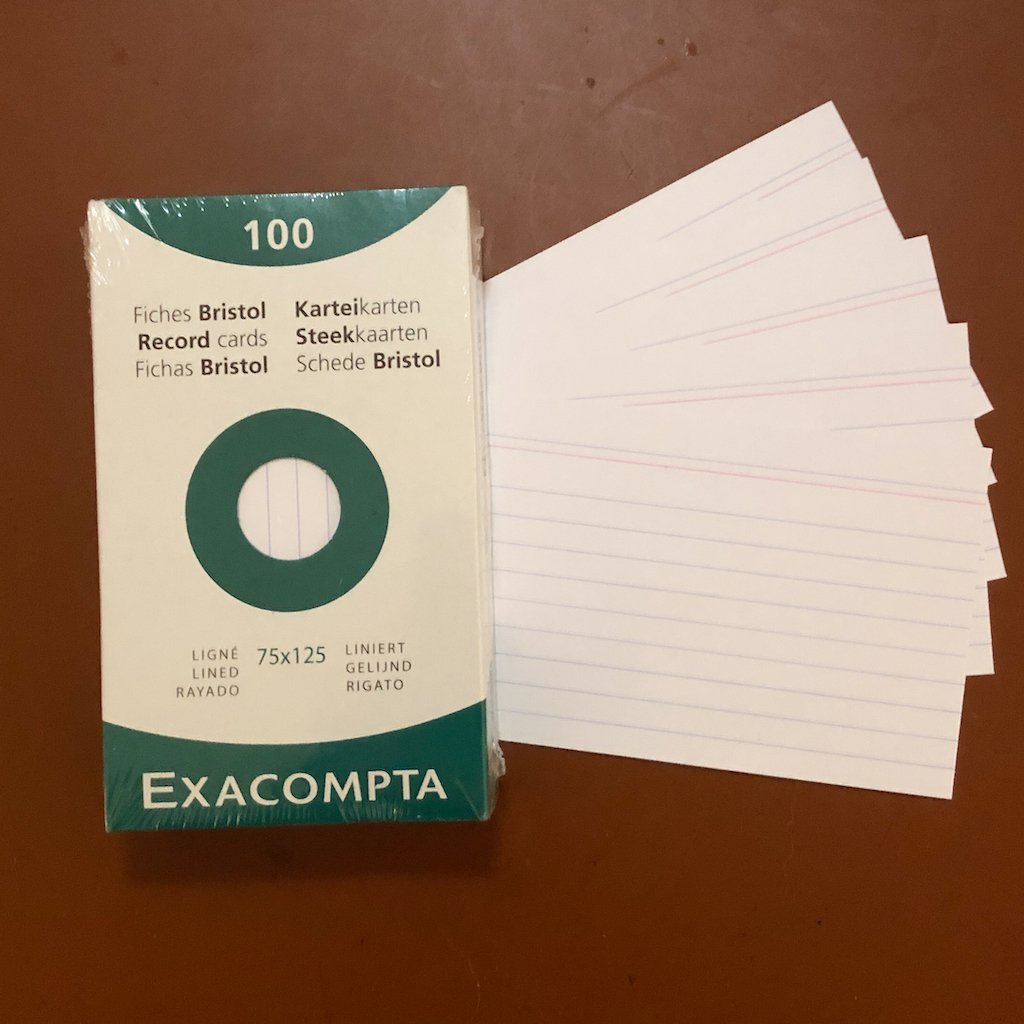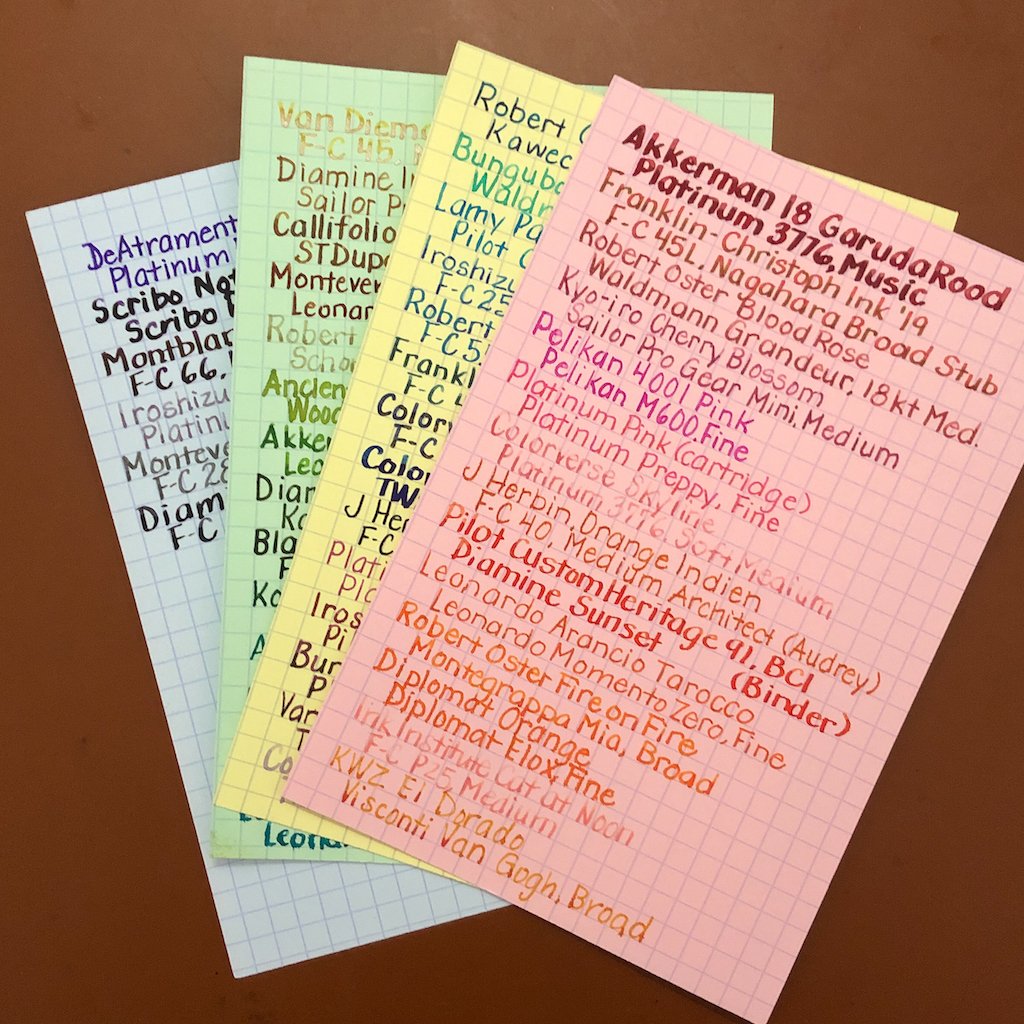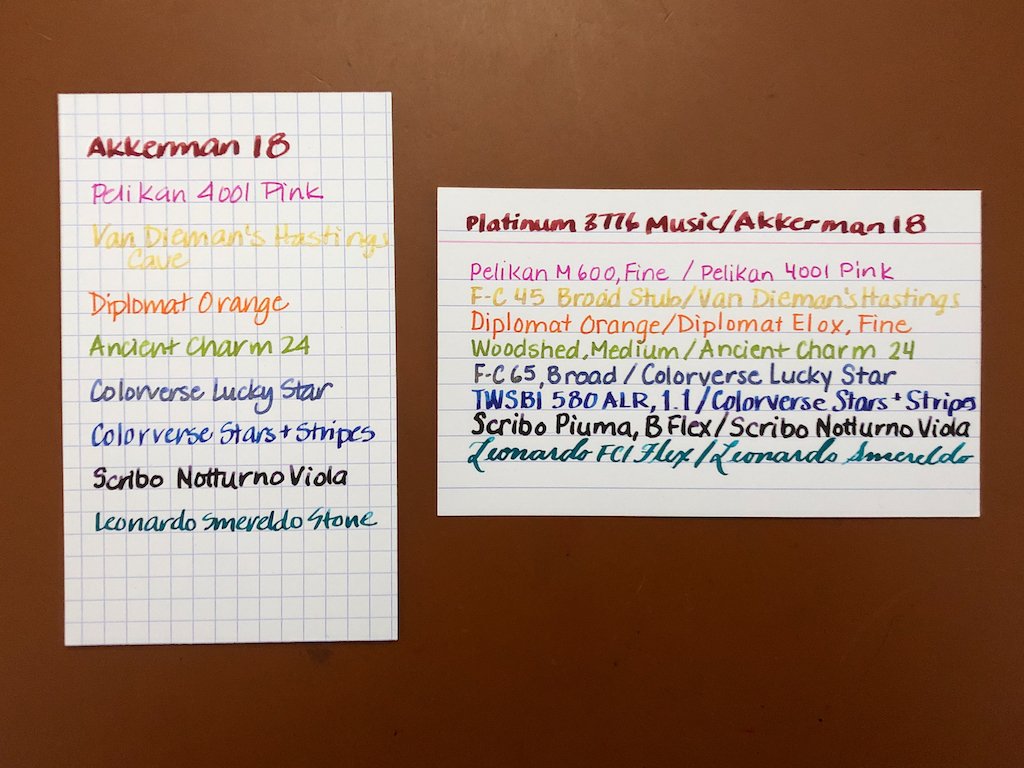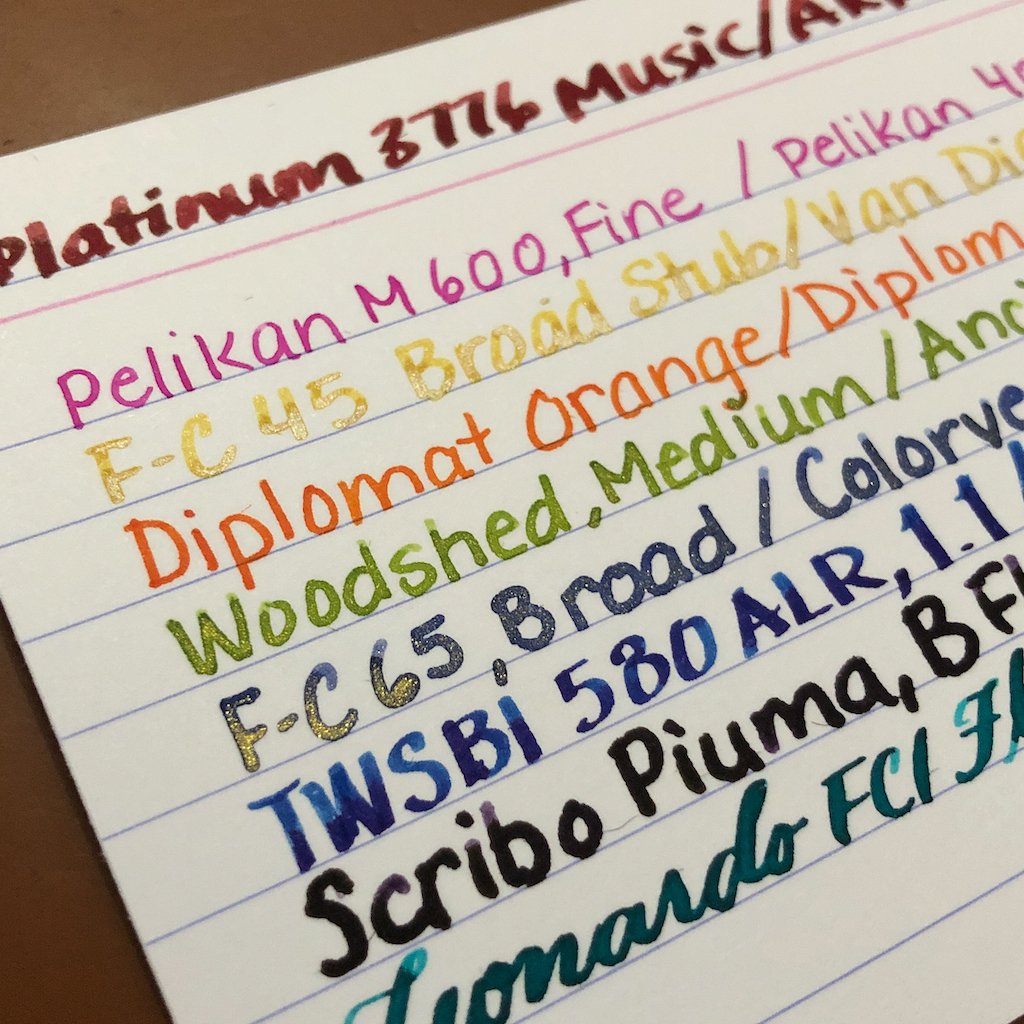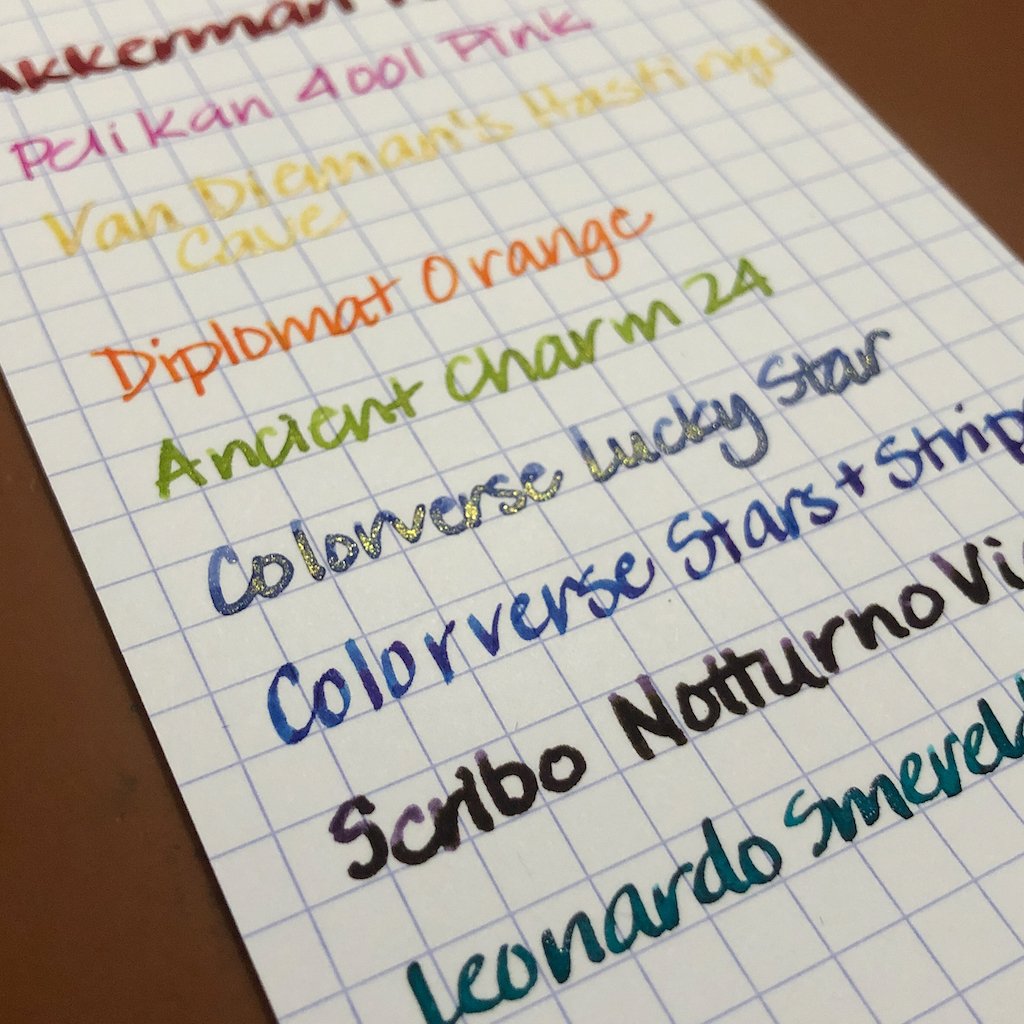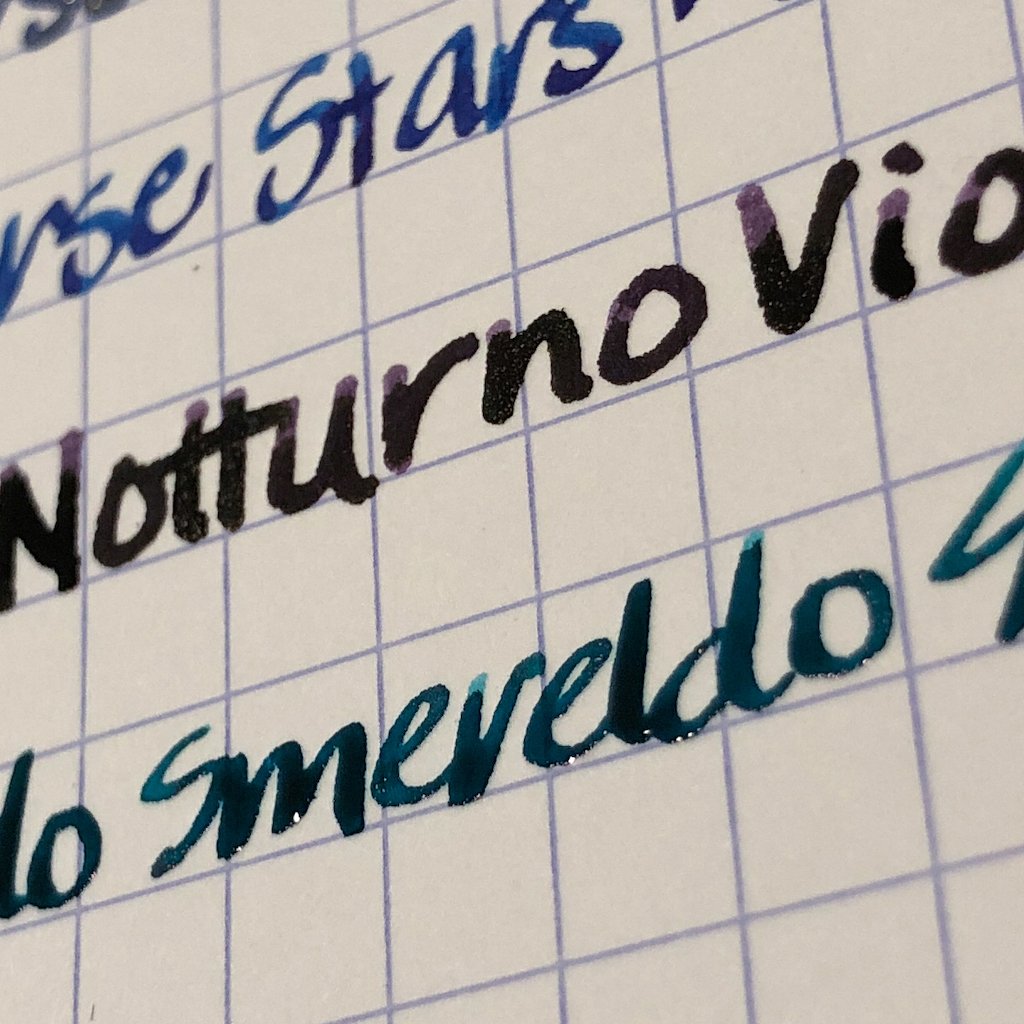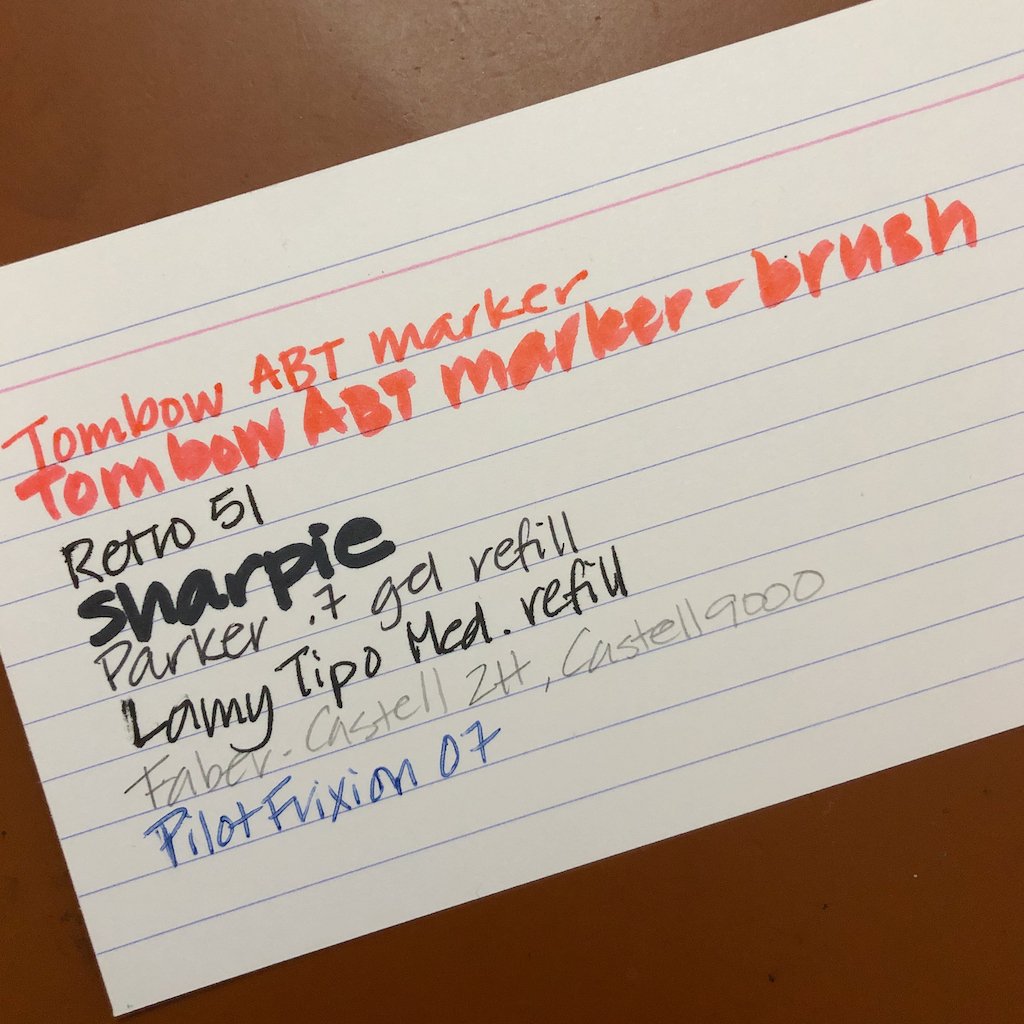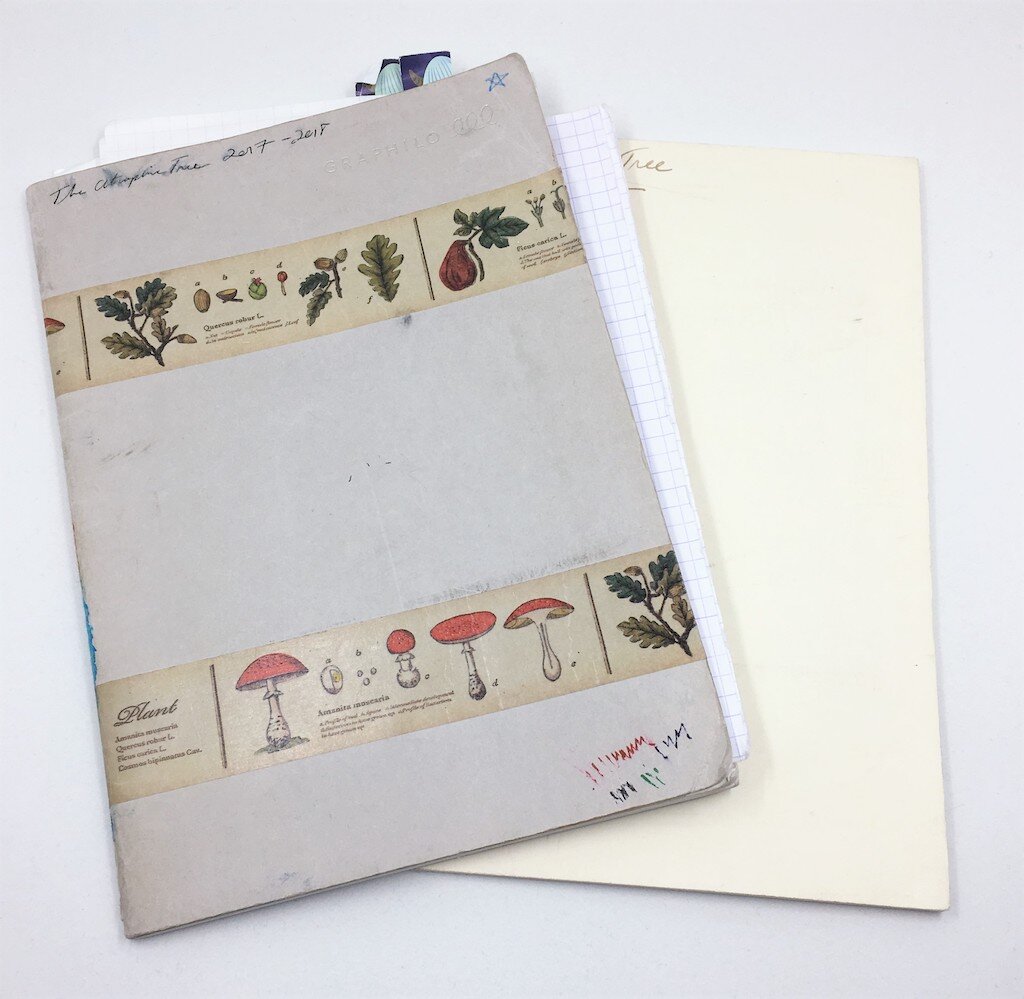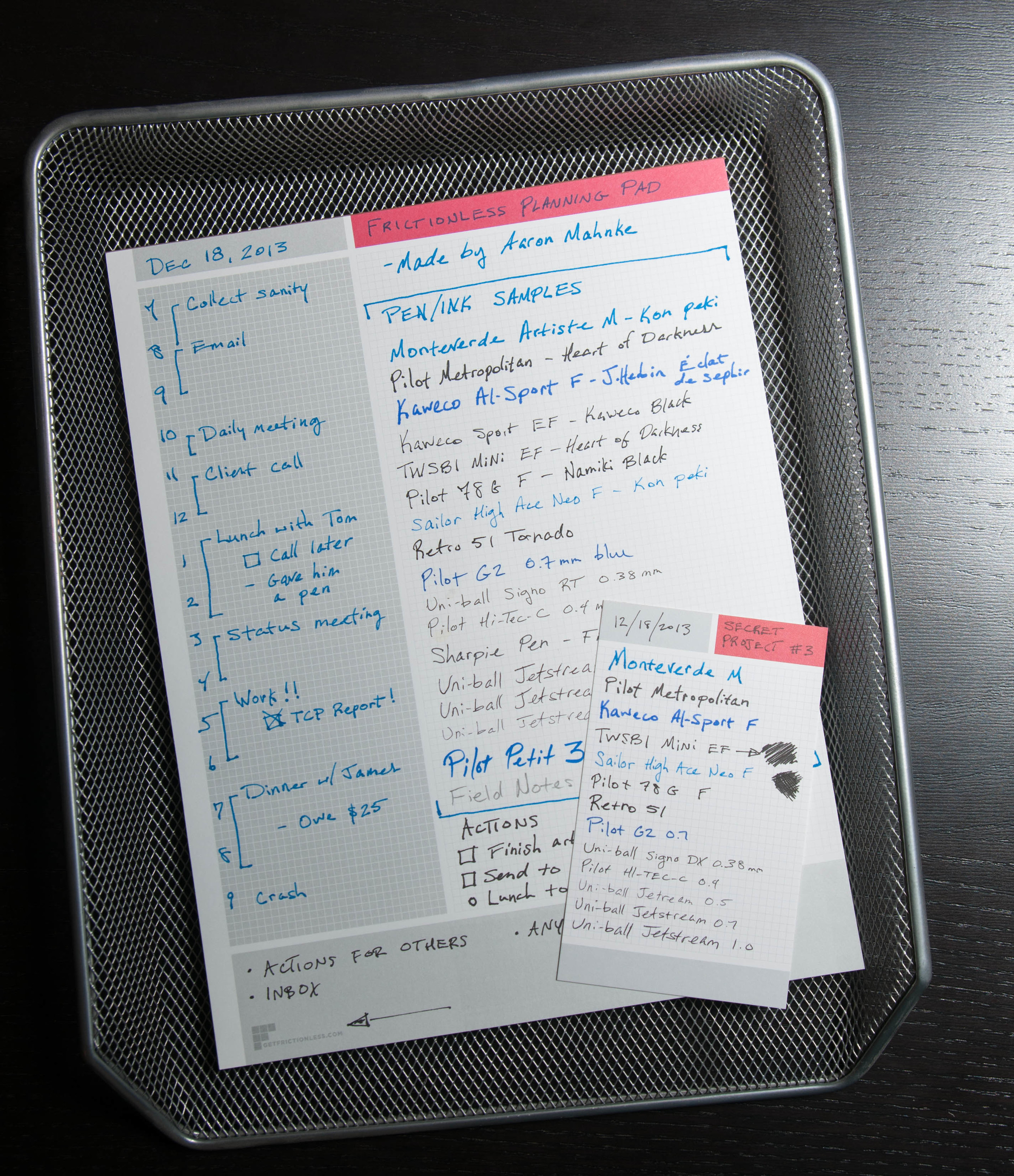(Kimberly (she/her) took the express train down the fountain pen/stationery rabbit hole and doesn't want to be rescued. She can be found on Instagram @allthehobbies because there really are many, many hobbies!.)
With the recent wind-down of Nock.co (sniff sniff), I know that folks have been scrambling to find another source for index cards (as well as other pen storage options). And while there may be other pen storage options out there, there aren’t many fountain-pen friendly index cards. It just so happens that a friend of mine wanted to join my Cult Pens order recently and wanted to get index cards by Exacompta because they aren’t easy to find here. I told him my “fee” for piggybacking on my order would be a few index cards from the two packs he ordered and here we are.
Exacompta is one of the brands owned by the parent company, Exacompta Clairefontaine, which also owns G. Lalo, J. Herbin, Rhodia and Clairefontaine and others. While many US online vendors carry the other brands, not as many carry Exacompta-branded products or they aren’t very cost-effective, which was why my friend wanted me to order index cards from Cult Pens. For example, a pack of 100 - 3x5” (or 75x125 mm) white, blank index cards costs $23.20 from Amazon US, while JetPens had a much better price of $9.75 but it’s hard to beat CultPens-record-cards-pack-of-100), which sells them for $3.36.
Exacompta does make these index cards or what they call “record cards” in other sizes including 4x6 (100x150mm), A4, A5, and other similarly sized cards with holes punched out. This review only covers the white 3x5” lined and squared/graph cards and the assorted colors of 4x6” squared/graph cards (which I don’t have packaging pictures for). I will also be using the term “index cards” instead of “record cards”, as that’s the term I’ve heard the most; ditto for “graph” instead of “squared”..
Each pack of index cards comes shrink wrapped in a protective sleeve of thicker cardstock. There is a cutout to indicate whether they are blank, lined or squared/graph. I appreciate the multiple translations for the product name and type so there’s no mistaking which one you’re getting. On the back, there is a table of product numbers for the other index card products/colors.
White 3x5” (75x125mm) Exacompta Record/Index cards in lined and graph.
I liked the cutouts on the top and bottom of the packs so you know how many cards are left.
The cards are made from Clairefontaine 205g paper and are printed on both sides. The lined cards have a set of blue and pink lines near the top, then a 8.5 mm gap, followed by lines that have 6mm spacing. The graph has 5mm grid lines on both sides. It is difficult to describe the tactile sensation of index cards, other than they feel like an index card should and is neither too thick nor too thin.
I don’t know why there is a gap between the top two lines and the rest of the card because that’s not typically seen with other index cards.
Yup, that’s graph index cards alright.
4x6” (100x150mm) index cards - there are 25 cards each in blue, yellow, green, and pink.
I decided to go through my currently inked pens and write on the colorful 4x6” cards first. As you can see, the cards performed really well with a variety of pens and inks (yes, I really do have 48 pens inked up right now).
The different colored cards worked equally well with the different pens and inks.
There was some bleeding from Pelikan 4001 Pink.
Handled shimmer just fine as well as a wet 1.1 stub.
More shimmer! But also nice shading from the other inks too.
The Scribo Notturno Viola is the absolute wettest ink from the wettest pen of the bunch.
This is literally as much ghosting or bleedthrough as I could get and this was from the wettest writing sample. No point showing you the backs of the other cards because there was nothing to see.
Now that I could see how the colored cards performed against the wettest inks as well as some shimmer and problematic inks, I picked a few to write on the white 3x5” cards. I deliberately printed slowly on the colored cards and the white lined card but did a fast print on the white graph card. I couldn’t resist flexing one of the pens with some cursive just for fun.
The pens/inks behaved just as well on the white cards as the colored cards, even the flexified Leonardo didn’t cause any issues.
Looks good up close.
Faster writing and still no problems.
Look at the pooling of the Leonardo Smereldo Stone ink. The Scribo ink was similarly wet and neither ink caused any issues.
I’m not known for my non-FPs so here are the few I have at hand - hopefully you get the idea that these will pretty much work with any writing instrument.
Again, there are no pictures of the back of the white cards because there were no issues here, not with the Scribo wet ink and broad nib combo or with the non-FP. And shimmer inks weren’t a problem with the cards either.
One of the few drawbacks of these cards is that they don’t necessarily show off the ink colors as well as other papers like Tomoe River or Cosmo Air Light, especially inks like chromashader/multishading inks. I didn’t have any super sheening inks in my pens this time but I don’t think they’ll shine to the same degree as with other papers either. You do get some shading though not very much.
In short, these work really well with fountain pens and while you may encounter some ink or pen combination that results in some feathering, you’re unlikely to have much trouble with these index cards. The difficulty will come in finding them at a reasonable price. If index cards are your thing and your favorite online vendors stock Rhodia and Clairefontaine, ask them to stock index cards too. Until the Bossman decides to keep making Nock cards, these are a great alternative for the index card users out there.
(Disclaimer: I did not purchase any of these index cards. The white cards were given to me by my friend who joined my Cult Pens order and the color cards were given to me by another friend earlier this year. I was not compensated by anyone or any company for inclusion of their products or links in this article.)



